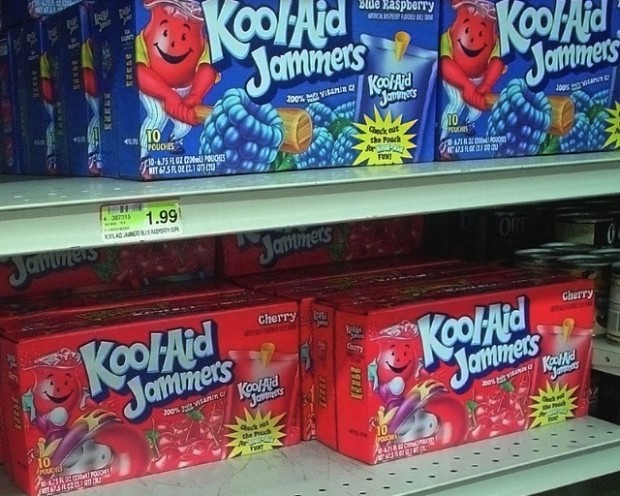
Adults have been studied; teens have been studied; other school-age children have been studied. And the evidence shows pretty conclusively that sugar-sweetened beverages are linked to increased risk of obesity.
But one group has not been studied so much: pre-school aged kids. In a major new study released today in the journal Pediatrics, researchers found that, yes, sugar-sweetened beverages also put such very young children at greater risk for obesity.
Specifically, researchers followed 9,600 children (in other words, a really big sample) from birth to age 5. It's this kind of "longitudinal" approach that gives this study a great deal of research power. "We were more interested in looking at children over a period of time," said lead author Mark DeBoer, in the department of pediatrics at the University of Virginia. He says they wanted to see whether those children who drank sugary drinks were more likely to gain an unhealthy amount of weight over those who didn't.
At ages 2, 4, and 5, parents of the children were interviewed in their home and asked about consumption of sugar-sweetened beverages -- defined as "soda pop (for example, Coke, Pepsi or Mountain Dew), sports drinks (for example, Gatorade) or fruit drinks that are not 100% fruit juice (for example, Kool-Aid, Sunny Delight, Hi-C, Fruitopia, or Fruitworks."
About one in ten of these 9,600 children drank one or more servings of sugar-sweetened beverages daily. Those children "were more likely to gain weight between 2 and 4 years of age than those who didn't," says DeBoer. "They were more likely to become obese over that time frame."